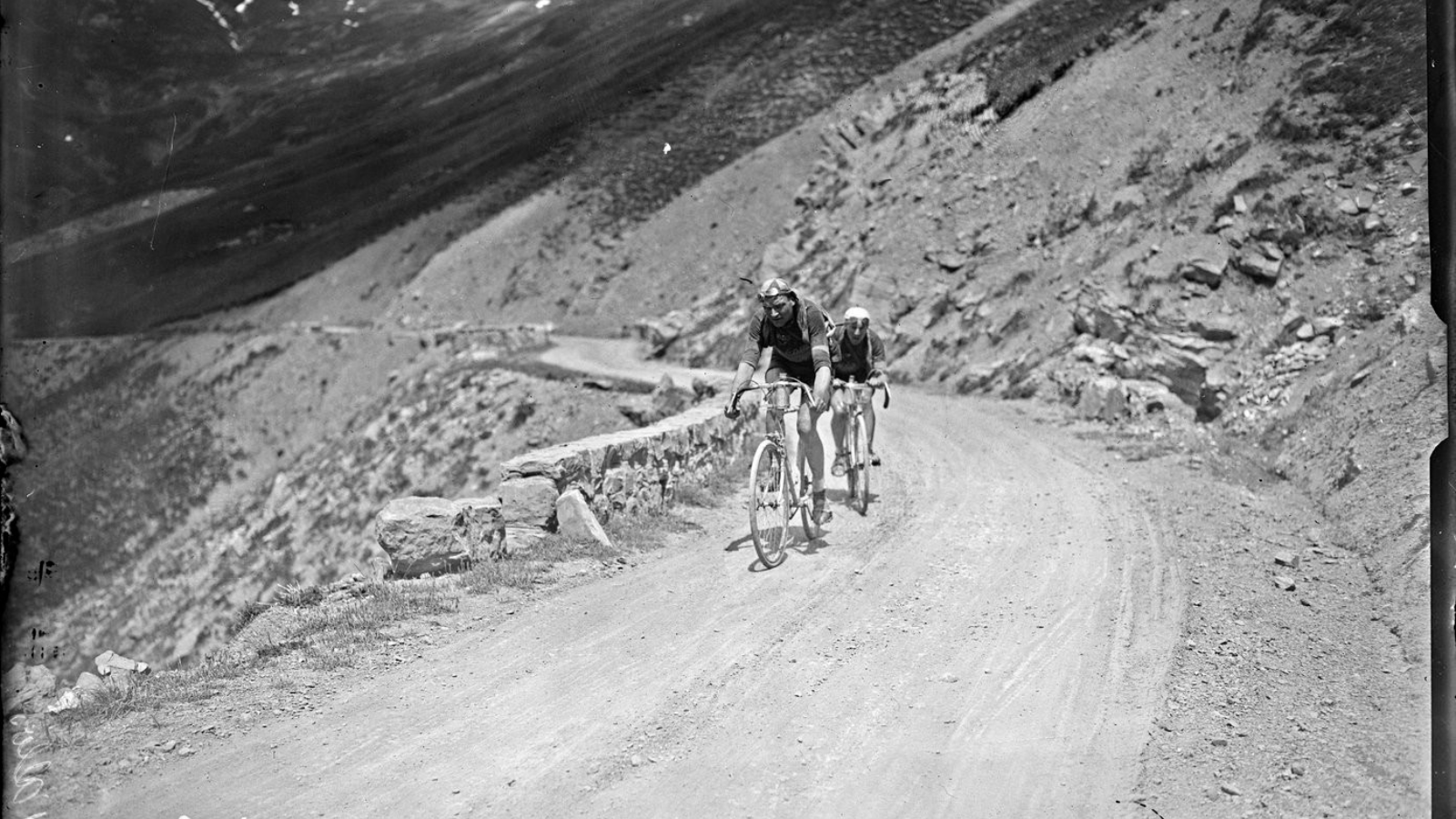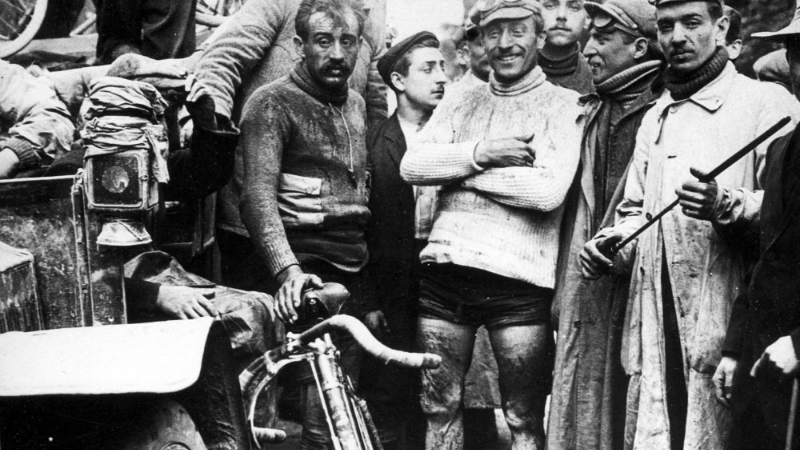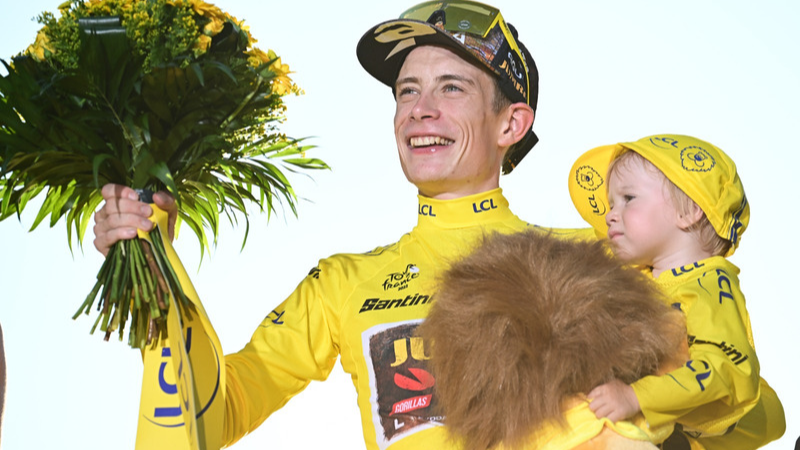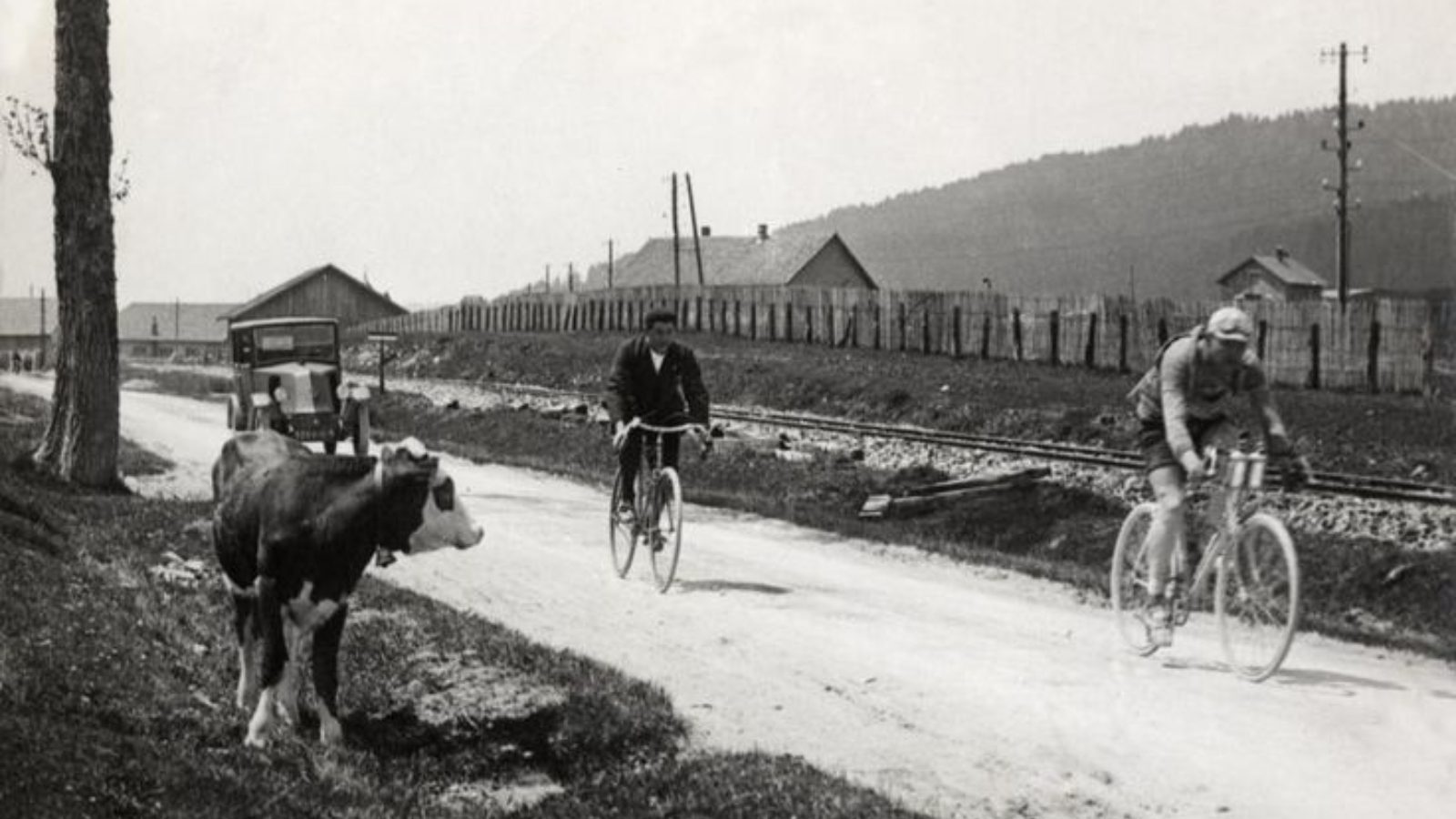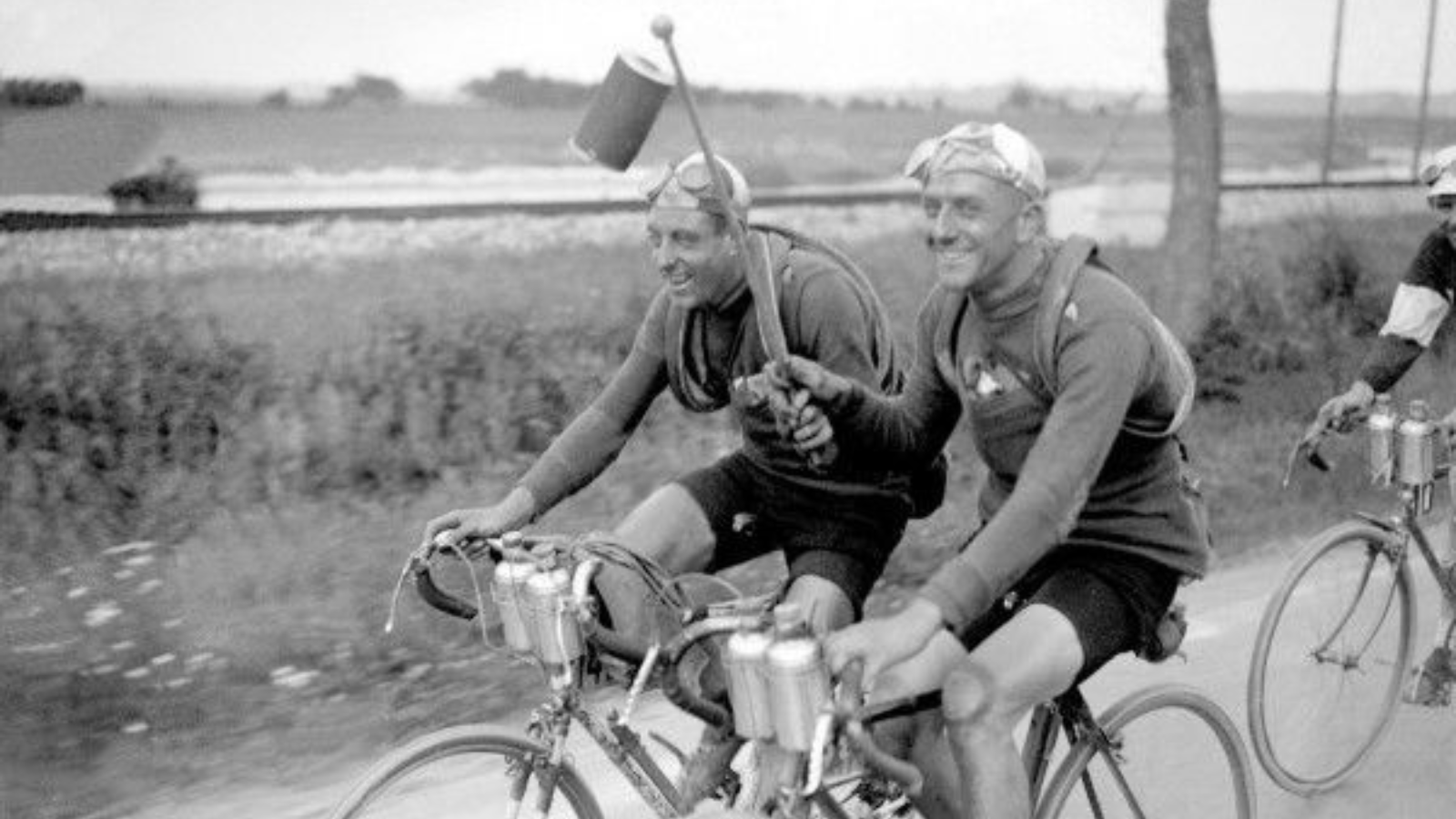Col d'Allos was part of the program of Tour de France since the race visited the Alps for the very first time in 1911. Especially during the 1920s and the 1930s was very popular. In the second half of the 20th century it was used muvh more rarely.
1911: François Faber
1912: Octave Lapize
1913: Lucien Petit-Breton
1914: Firmin Lambot and Henri Pélissier
1919: Honoré Barthélémy
1920: Firmin Lambot
1921: Hector Heusghem and Honoré Barthélémy
1922: Jean Alavoine
1923: Henri Pélissier
1924: Nicolas Frantz
1925: Auguste Verdyck
1926: Lucien Buysse
1927: Nicolas Frantz1
928: Nicolas Frantz
1929: Joseph Demuysere
1930: Benoit Faure
1931: Joseph Demuysere
1932: Benoit Faure
1933: Fernand Fayolle
1934: René Vietto
1935: Félicien Vervaecke
1936: Julian Berrendero
1937: Mario Vicini
1938: Gino Bartali
1939: Edward Vissers
1947: René Vietto
1948: Jean Robic
1949: Fausto Coppi
1957: Louis Bergaud
1967: Georges Chappe
1969: Luis Pedro Santamarina
1975: Eddy Merckx
2000: Pascal Hervé
2015: Simon Geschke
MORE TOUR DE FRANCE FUN FACTS
5 facts about Tour de France 1903
The first Tour de France started at 3 pm on the 1st of July in 1903 from the Café au Reveil Matin (Paris).
The slowest and the fastest Tour de France
You might wonder which Tour de France edition was the slowest and wich. one the fastest. Here you have the answer.The slowest Tour de Francewas the 13th edition, held between 29th June and 27 July in 1919. The 5560 km long route of the race was divided into 15 stages. (And it wasn’t even the … Read more
5 facts about Tour de France 1926
The 20th Tour de France, held between 20th June and 18th July 1926, was the longest edition of the race ever: a total of 5745 km long course was divided into 17 stages. Since the creation of Tour de France in 1903, the race always started from Paris (more precisely from one of its … Read more
Lanterne rouge – list of the last cyclists of every Tour de France
They used to say history remembers only the winners. Fortunately this is not the case of Tour de France history. The last ones, the receivers of the famous lanterne rouge get enough attention too. Lanterne rouge is an actual red lamp used to be served to the last rider of the race as some of … Read more
